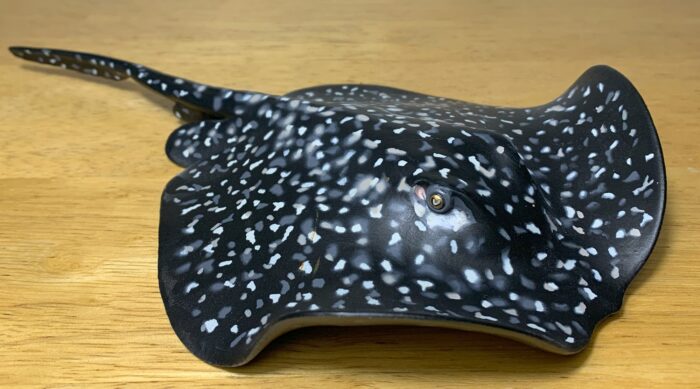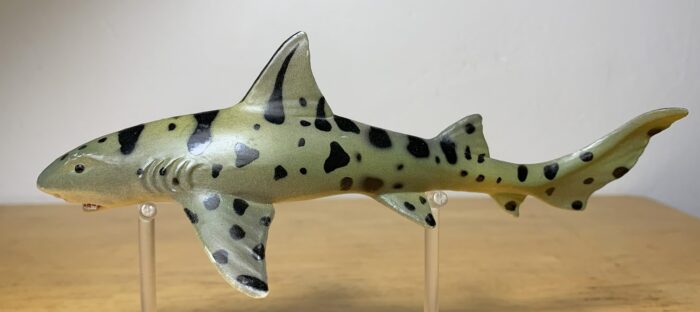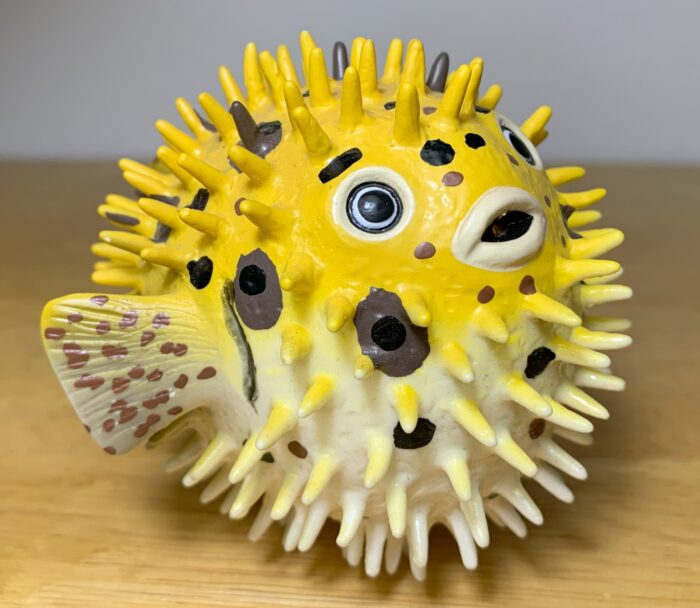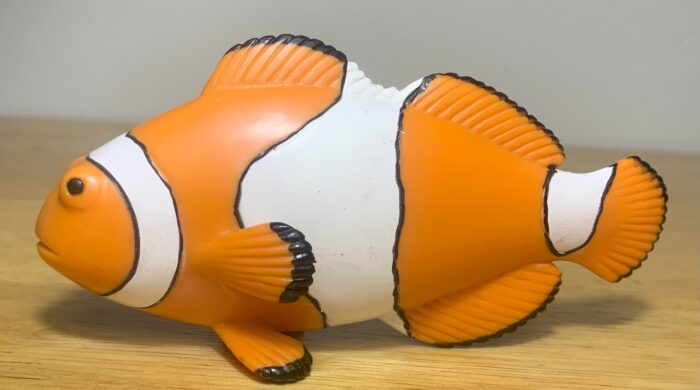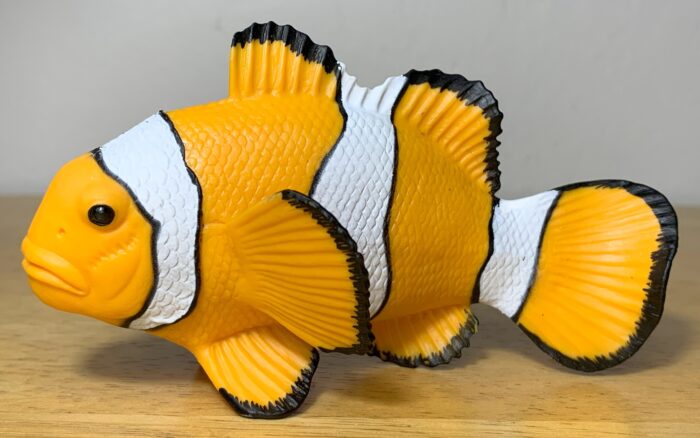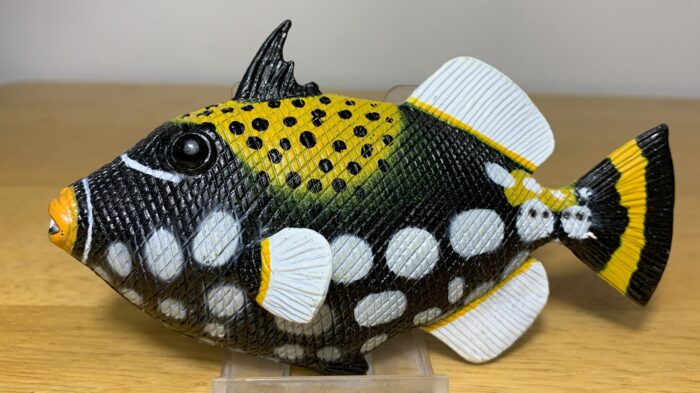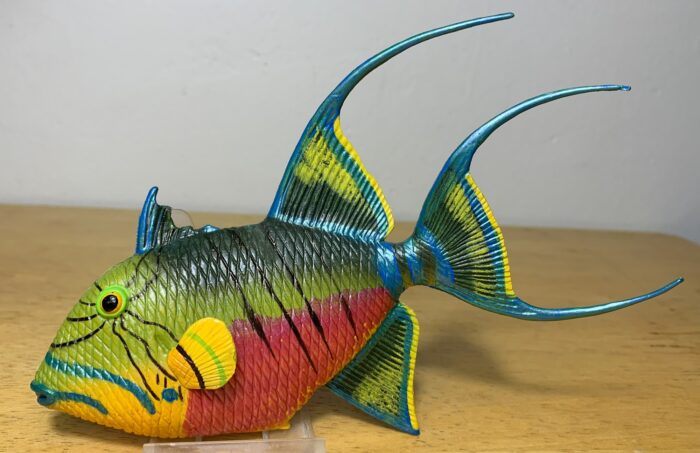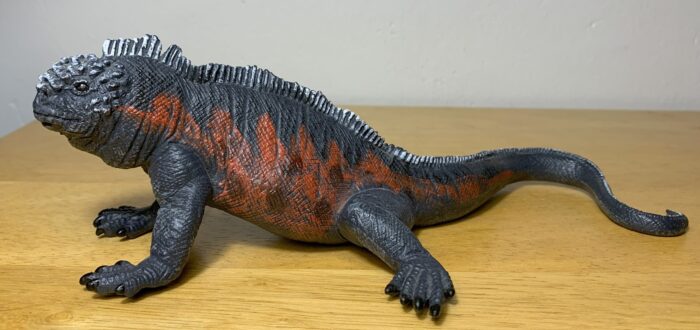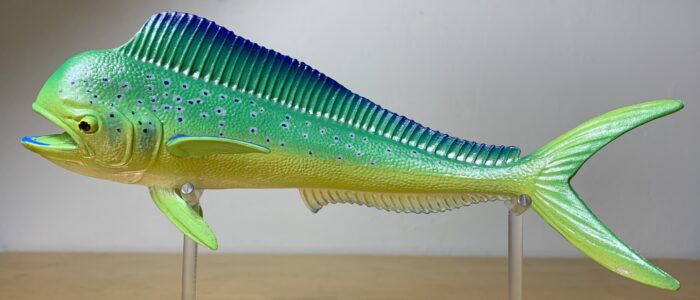Shark Week might be over but there’s one more elasmobranch I wanted to review before moving away from cartilaginous fishes, the 2019 Incredible Creatures marble ray (Taeniurops meyeni) by Safari Ltd.
The marble ray goes by many names, including blotched fantail ray, round ribbontail ray, giant reef ray, and black-spotted stingray.

